
Foregrounds are really important. Although you don’t need to include a foreground in every photograph you make, you will find that foregrounds add considerable depth and punch to your compositions (especially with landscape photos, but foregrounds work for many other types of images as well). When you use a foreground, it helps establish a visual relationship between the bottom of the photograph and the top, which is important for leading the viewer’s eye into the scene.
In your next assignment for the Outdoor Photography Guide Photo Challenge, you’re going to explore the artistic use of foregrounds in your photographs. Read through this post for specific tips and creative ideas for incorporating foregrounds, and make sure to check out the inspiration gallery below.
But first, watch this video for some words of advice on foregrounds from this week’s guest expert, Jennifer King:
Remember to join the Photo Challenge Facebook Group to share your shots from this week’s assignment!
Tips for photographing foregrounds
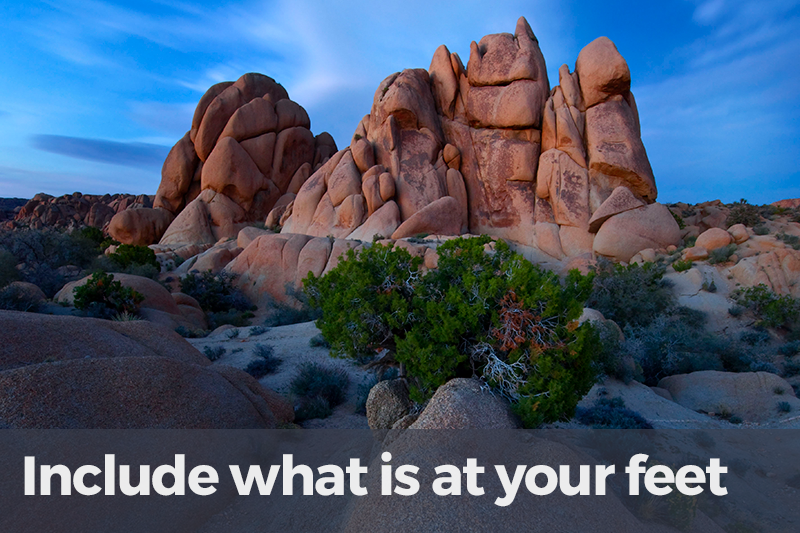
In a most literal sense, a foreground is the part of a scene that is nearest to and in front of the photographer. In a sense, it is the stuff that is right at your feet. This image is a classic near-far wide angle composition; my camera was only a few feet away from the foreground rock formation. Photo by Ian Plant. Joshua Tree National Park, USA. Canon 5DII, 14mm, ISO f/14, 30 seconds.
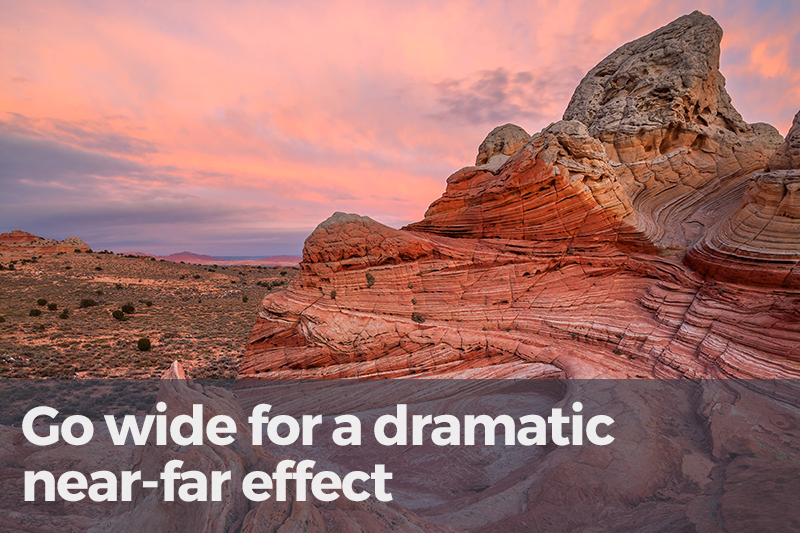
Wide-angle lenses are especially helpful when creating compositions that juxtapose foreground and background, as you can get really close to a foreground element and exaggerate its importance relative to the background. I used this technique with this image of desert sandstone. By getting close to an interesting sandstone formation, I was able to create a visual relationship between the near formation and the background formation – and I was also able to create an image that was more visually compelling than if I had just made the photo without the foreground. Photo by Ian Plant. Vermilion Cliffs National Monument, USA. Canon 5DII, 14mm, ISO 100, f/14, 1 second.

Your foreground doesn’t have to be something nearby. As long as you include something that is between you and your subject, it will achieve your goal of creating depth and a dynamic visual relationship between nearer and farther elements. Here, some rocks (rendered out of focus at the bottom of the image frame) were between me and this marine iguana. By including the rocks, I enhanced the overall composition. Photo by Ian Plant. Galapagos National Park, Ecuador. Canon 5DIII, 560mm, ISO 123, f/5.6, 1/200 second.
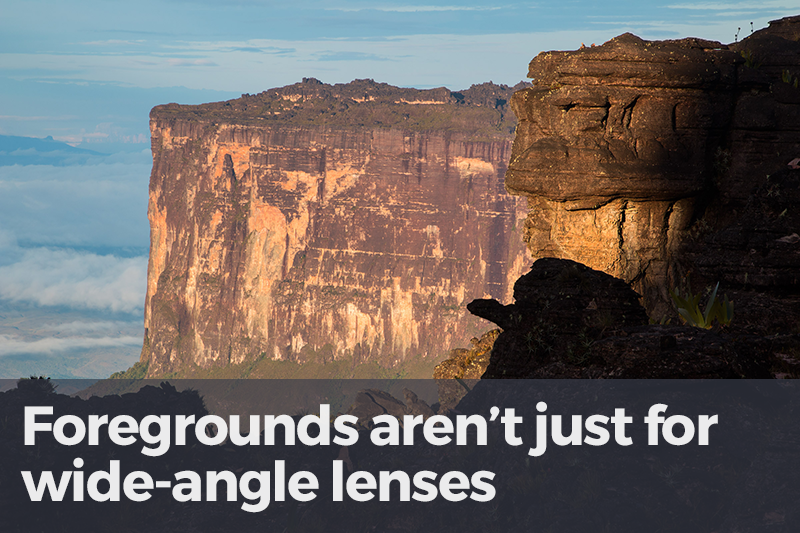
You can use foregrounds with longer lenses too. Having something of visual interest that is closer than your main subject adds depth and compositional power, even if that is quite far away from you. For this image, I used some shadowed rocks to add “foreground” interest, even though they were fifty feet away. Photo by Ian Plant. Canaima National Park, Venezuela. Canon 70D, 103mm, ISO 100, f/11, 1/50 second.
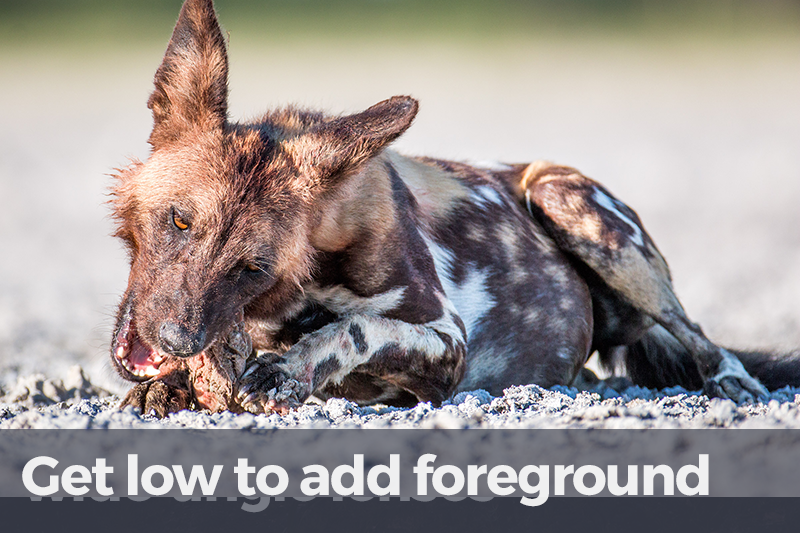
While photographing this hungry wild dog with my telephoto lens, I laidt flat on the ground so I could include some out-of-focus ground as my foreground, adding interest to the composition and creating a layering of visual elements. Photo by Ian Plant. Nxai Pan National Park, Botswana. Canon 70D, 560mm, ISO 320, f/5.6, 1/1000 second.
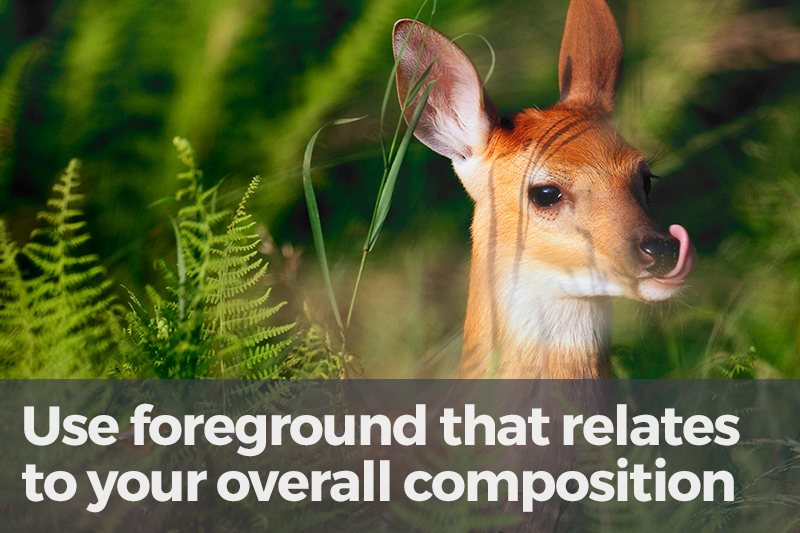
For this image, I intentionally included an out-of-focus swash of ferns when photographing this precocious young white-tailed fawn. The swirl of foreground ferns creates compositional shapes that help direct attention to the fawn and create a sense of depth in the photo. The foreground also helps provide a sense of place, showing the fawn in the context of its environment. Photo by Ian Plant. Shenandoah National Park, USA. Canon 5D, 500mm, ISO 400, f/4, 1/1000 second.

The foreground here makes the shot. I got close with a wide angle lens to make the rock prominent in the composition. Photo by Ian Plant. Zion National Park, USA. Canon 5DII, 14mm, ISO 100, f/14, 2 seconds.
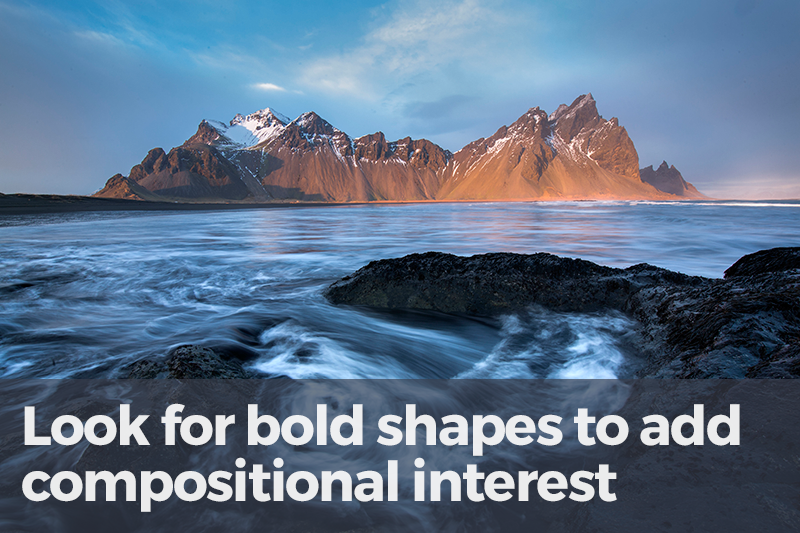
For this photo, I found an interesting foreground by waiting for an incoming wave to create a swirl shape. Photo by Ian Plant. Vesturhorn, Iceland. Canon 5DIII, 15mm, ISO 50, f/11, 1 second.
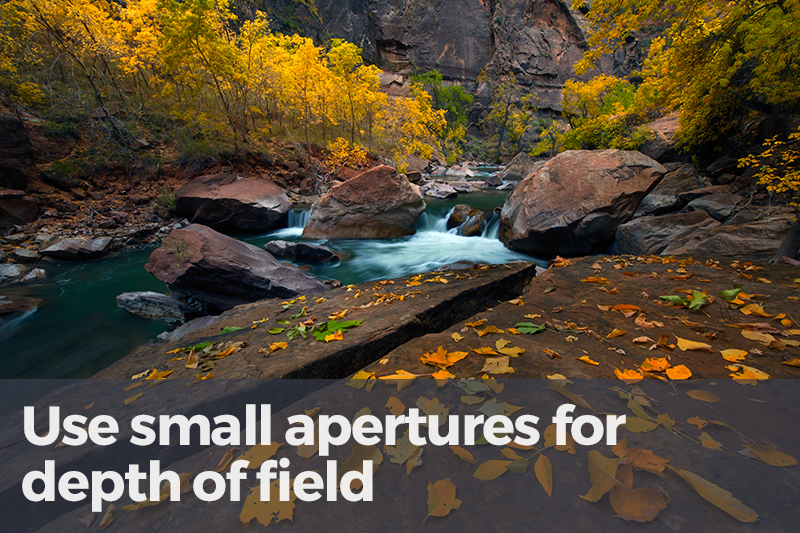
When shooting near-far landscape compositions with a close foreground, you’ll need to ensure sharpness from front to back. Careful focusing and small apertures will ensure sufficient depth of field. Try f/11 or f/16 to make sure you have adequate sharpness. Photo by Ian Plant. Zion National Park, USA. Canon 5DII, 14mm, ISO 100, f/16, 0.5 seconds.
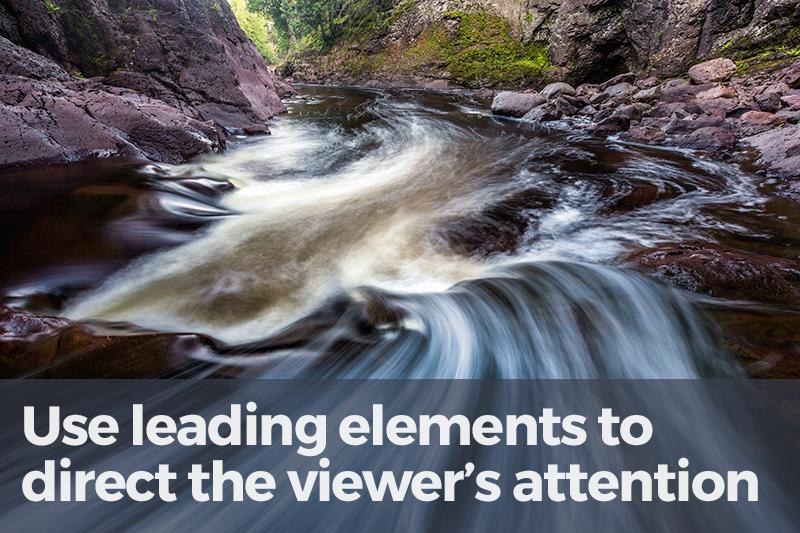
For this photo I got into the stream, getting low with a wide-angle lens, in order to use the streaking water as leading lines. Photo by Ian Plant. Cascade River State Park, USA. Canon 5DIII, 16mm, ISO 200, f/11, 3.2 seconds.
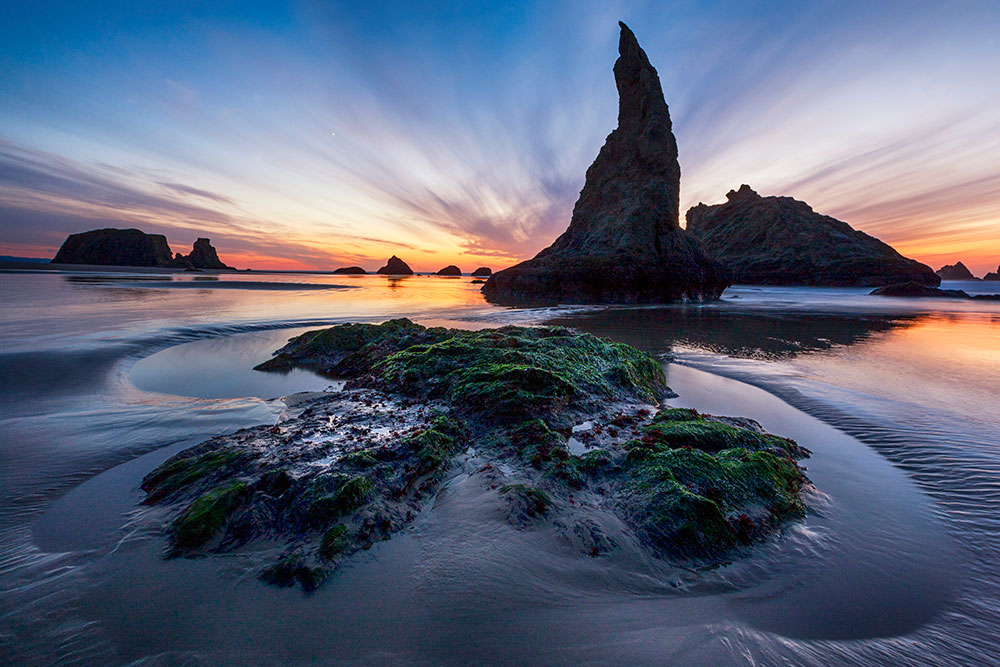
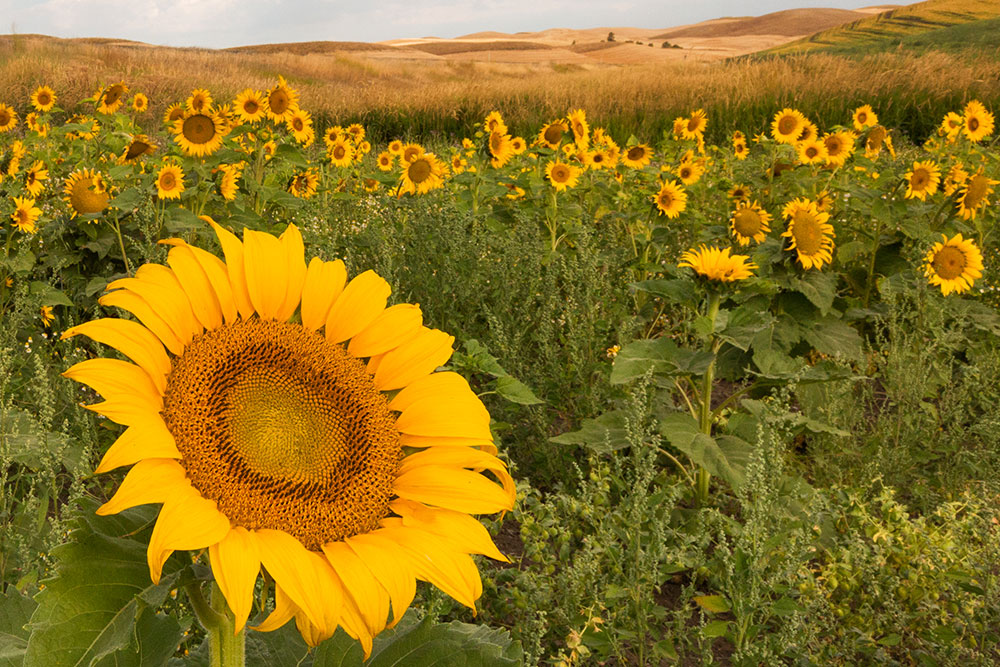
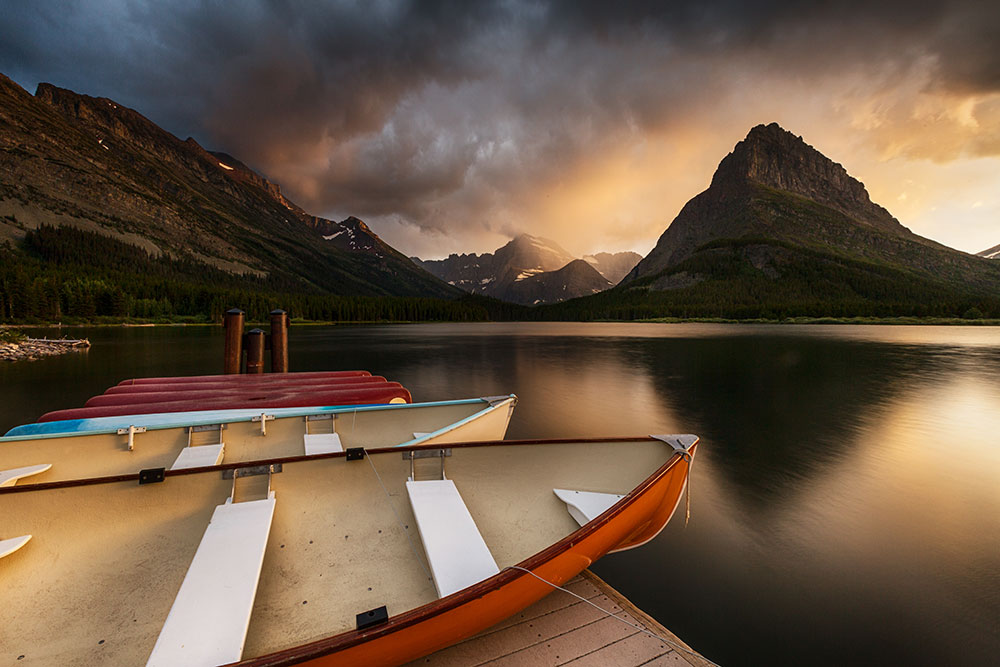
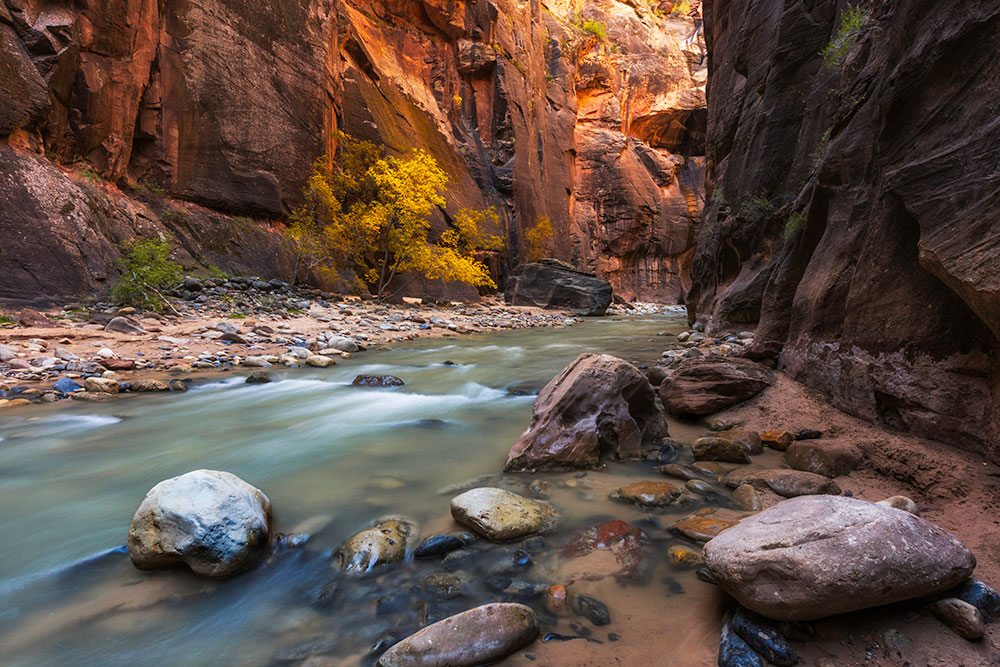
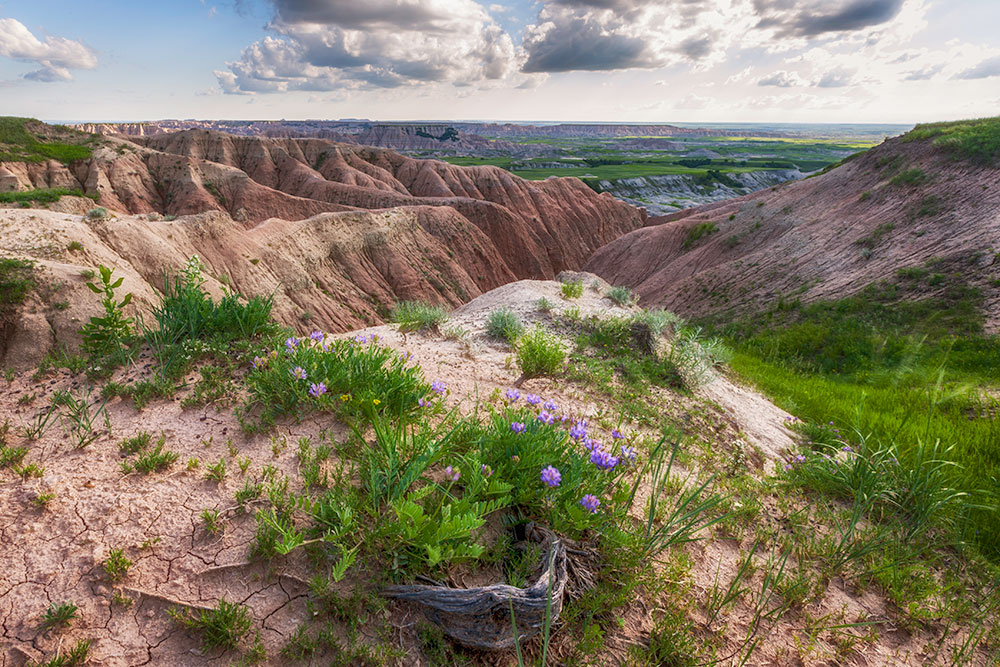
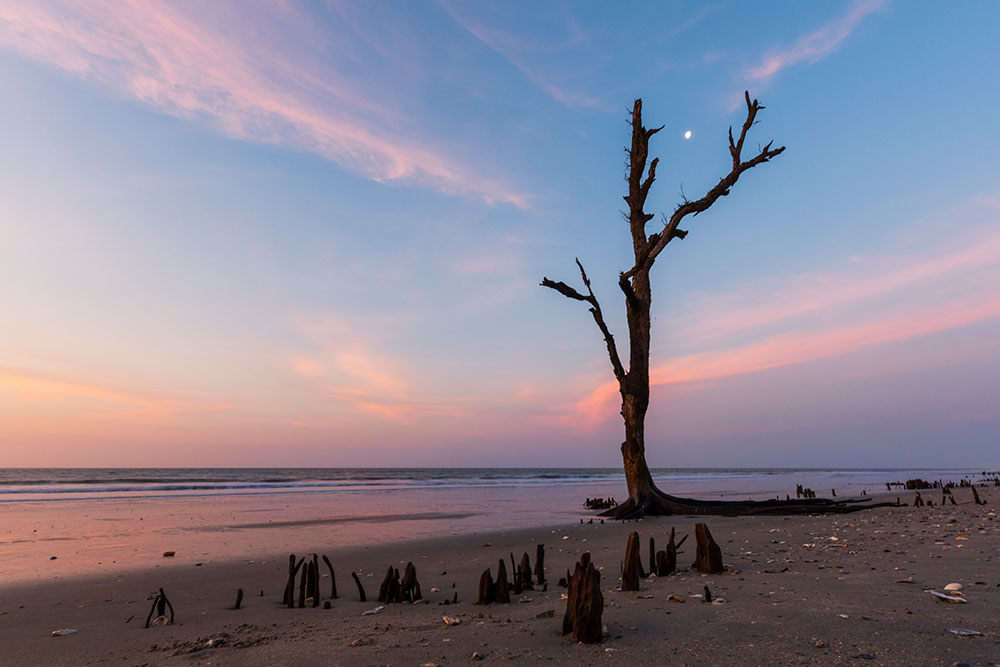
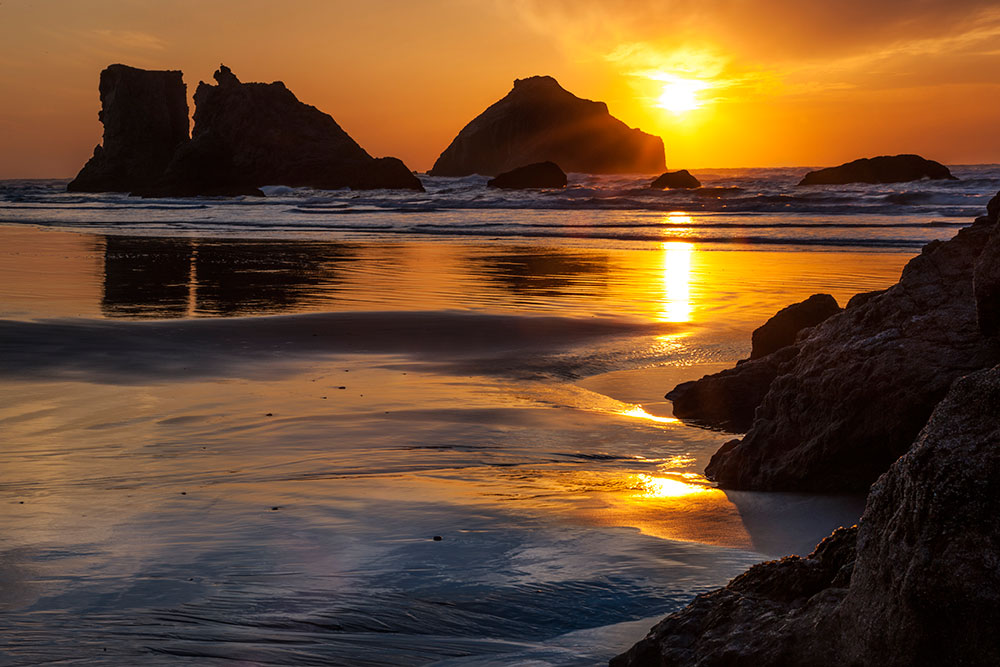

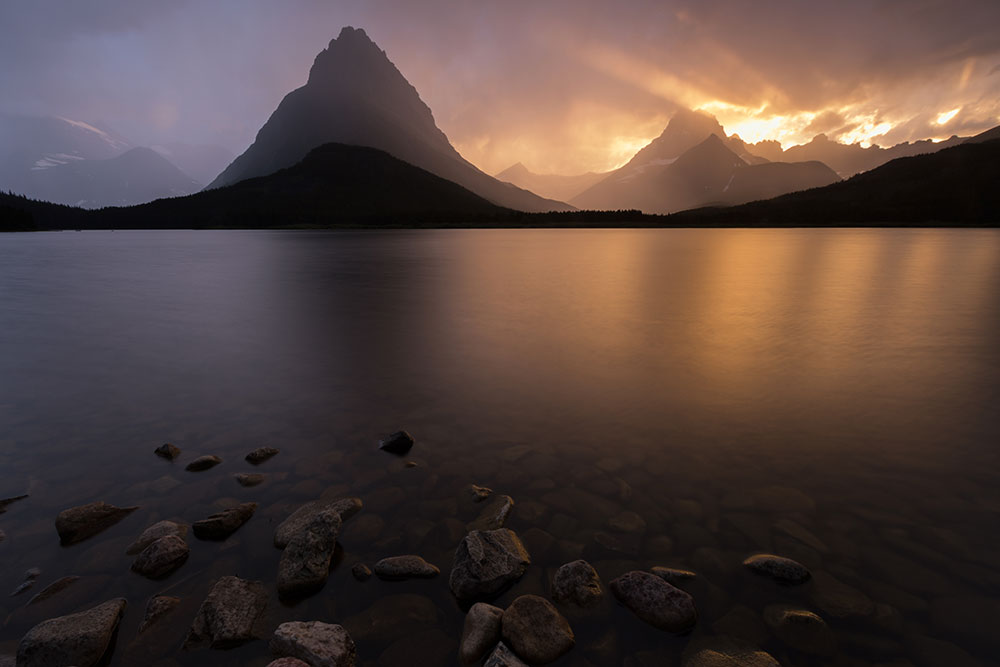
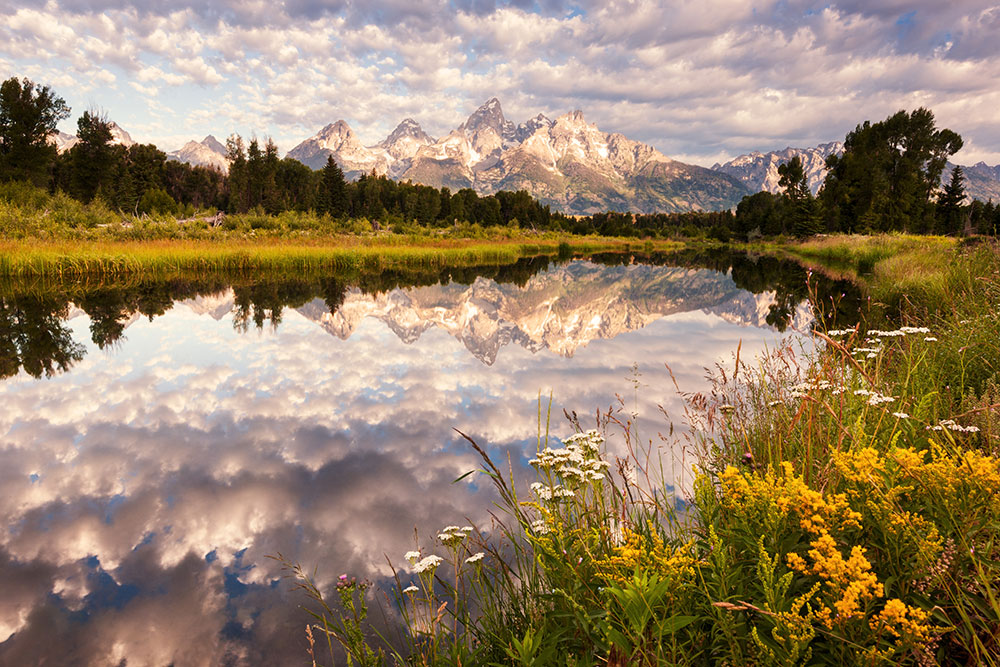

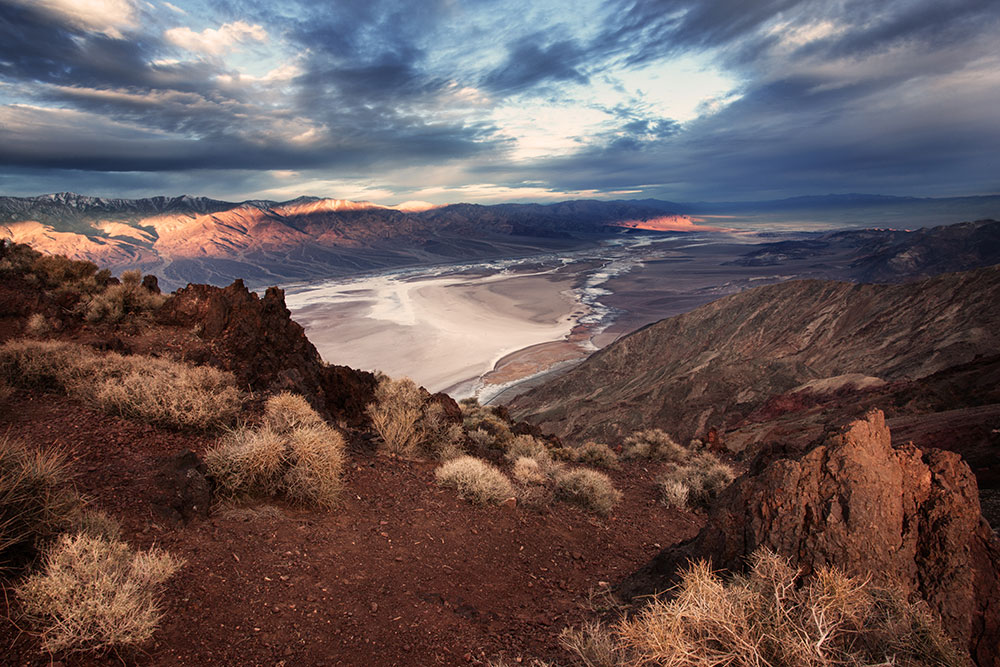
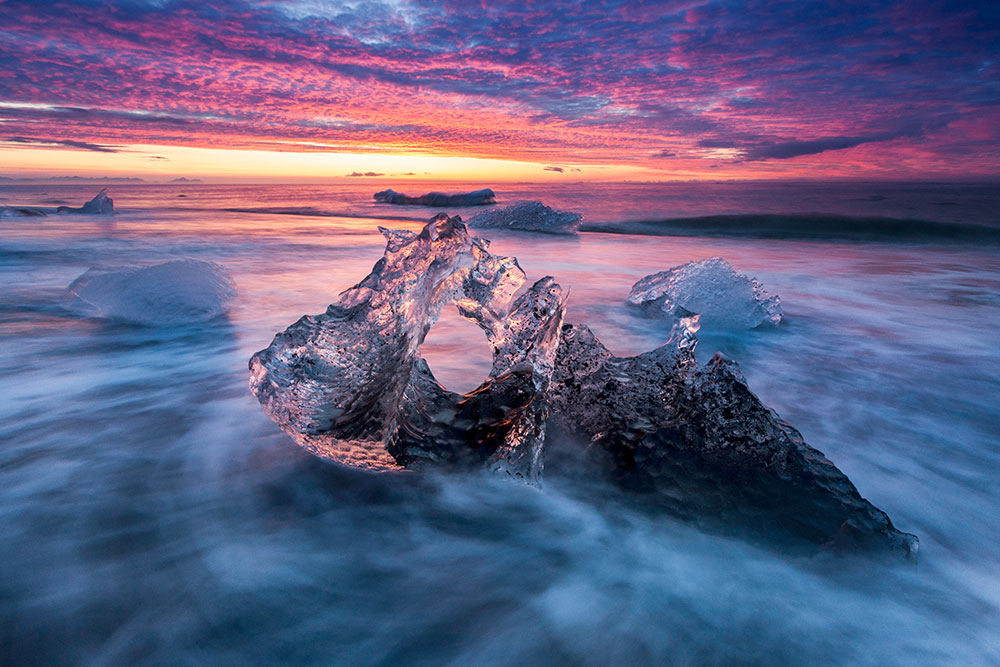
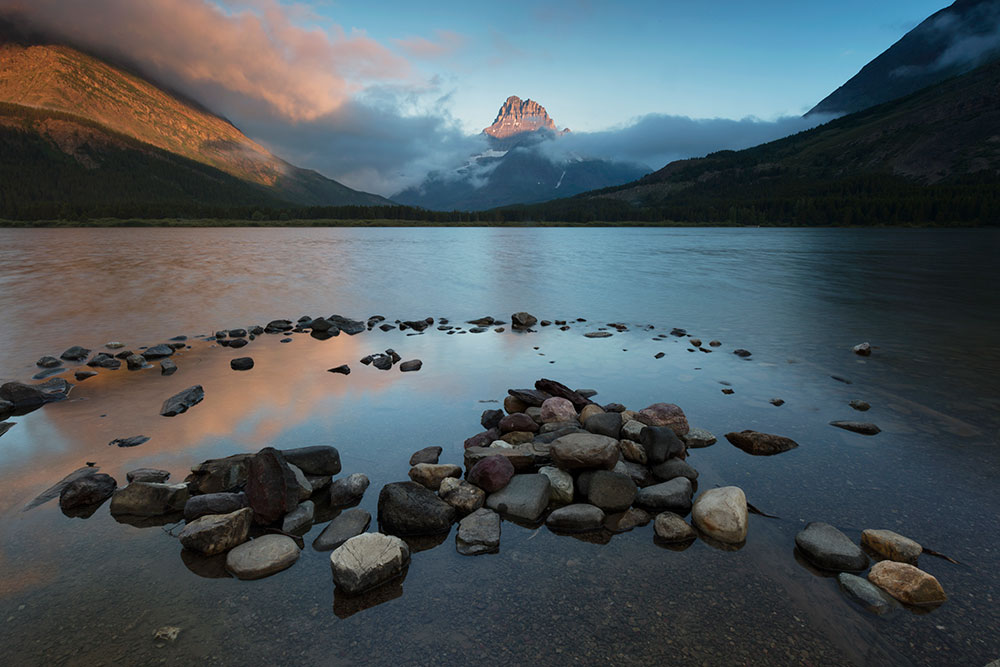
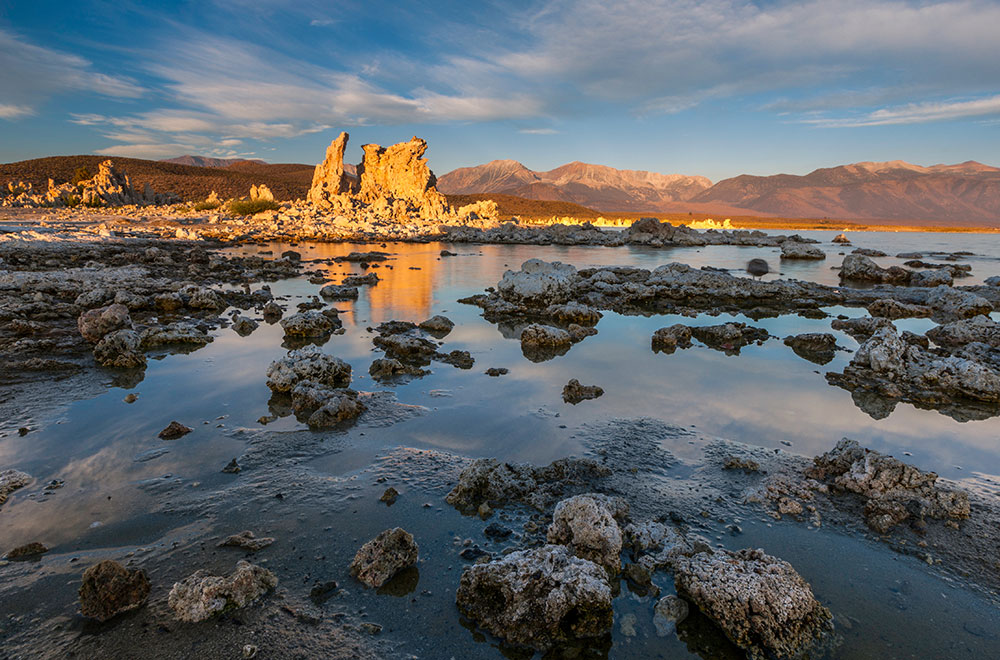
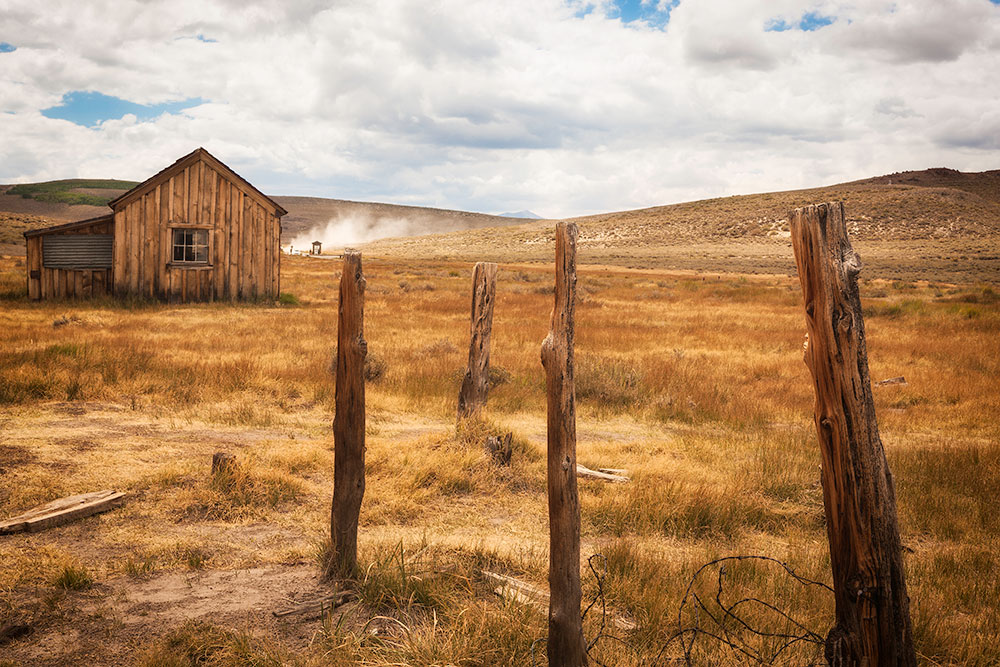

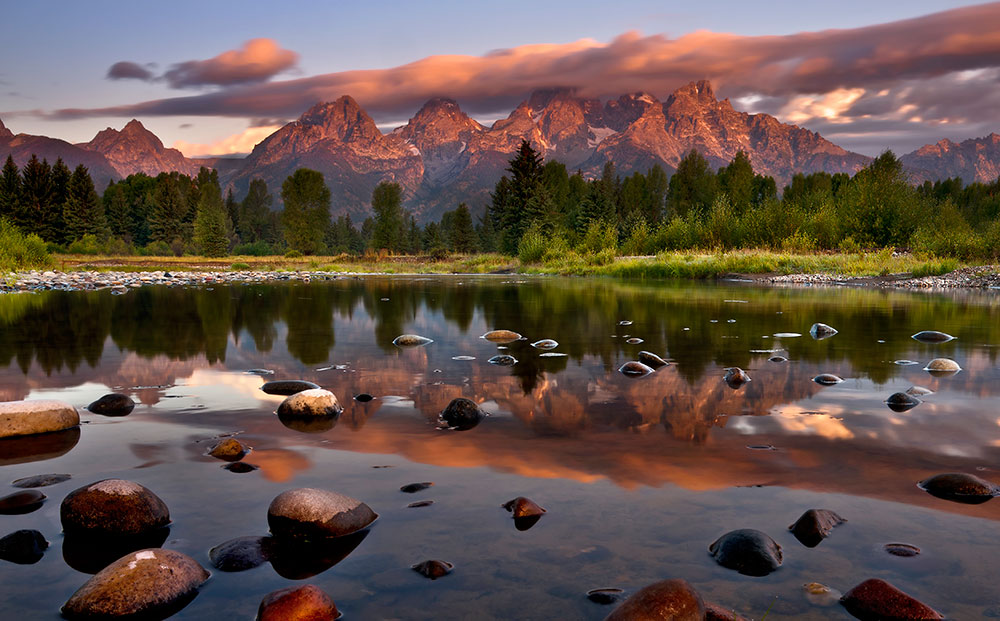




Share tips, start a discussion or ask other students a question. If you have a question for an expert, please click here.
Already a member? Sign in
No Responses to “Photo Challenge Assignment: Foreground”